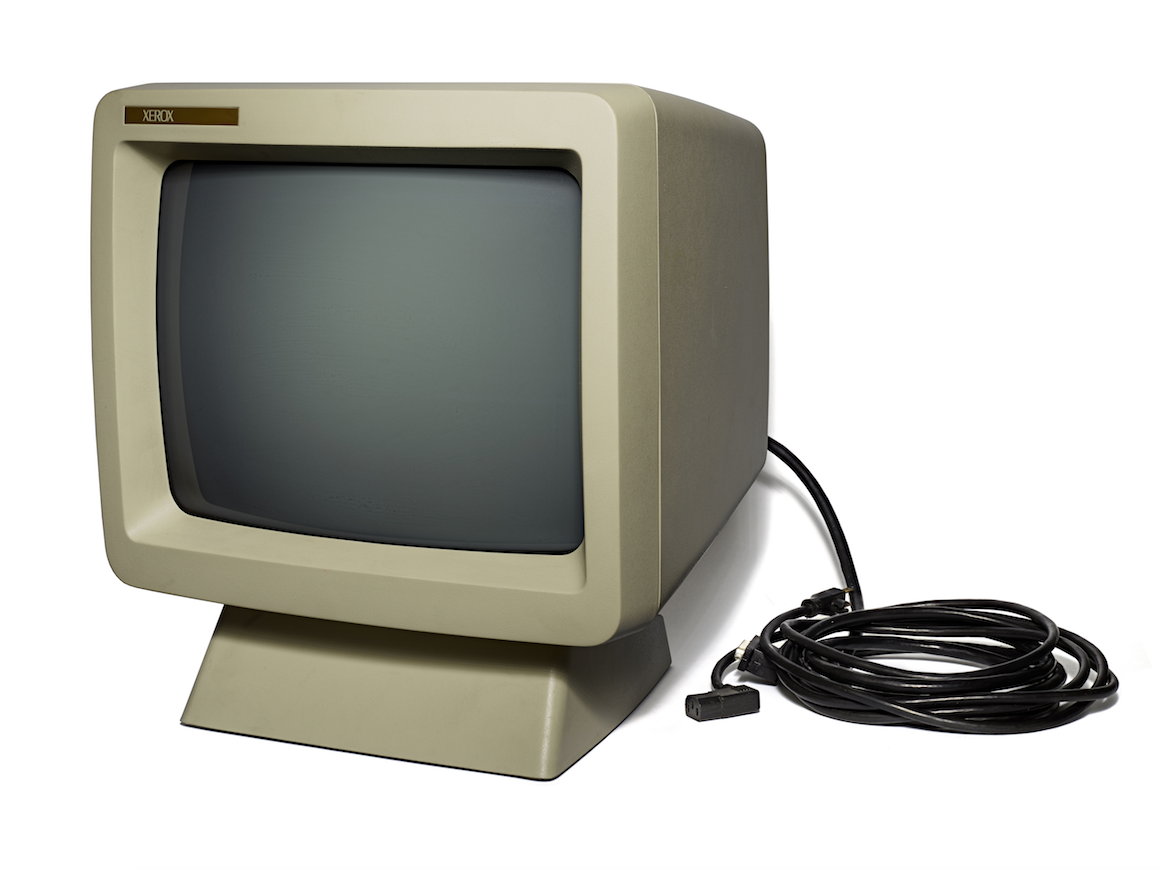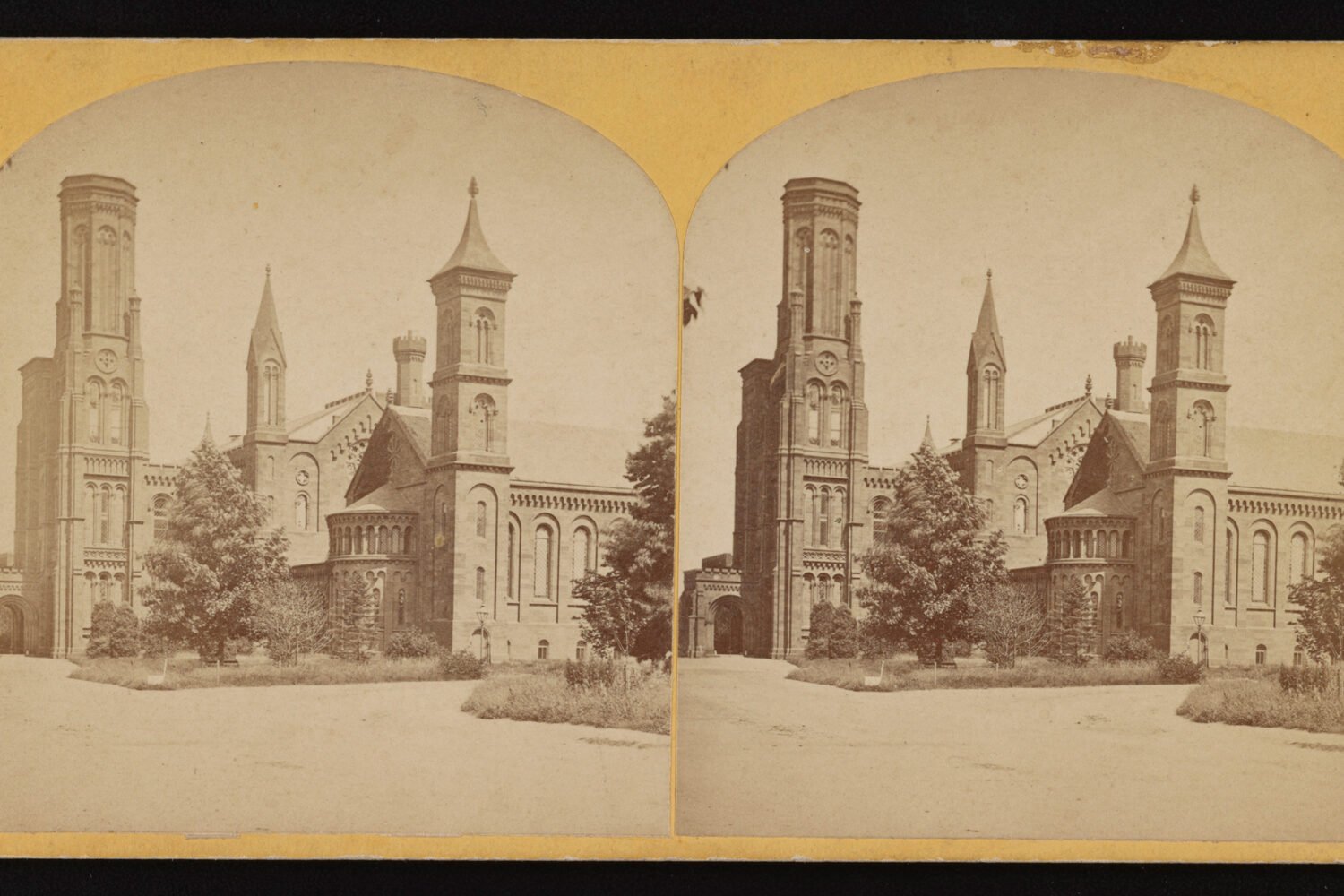A new display at the National Museum of American History takes a walk through your personal memory drive as it explores America’s complex relationship with computing and innovation.
“My Computing Devices,” on display from August 28 through August 2020, features a wide array of technological artifacts dating from 1840 to 2013. The 30-foot display on the artifact wall is divided into two distinct sections: mechanical devices used prior to the 1940s and the electronic devices that helped usher in the digital age. While the exhibition largely focuses on artifacts used to represent numbers, the display also includes devices with a wide array of functions, reflecting how computing technology has evolved over time. Don’t be surprised if you see a handheld video game or smartphone alongside a prototype of a Texas Instruments calculator.
Curator Peggy Kidwell says she wants visitors to reflect on the ways they interacted with the devices as they view the display. “Some people will come in and say, ‘That was the game I had when I was a child,'” Kidwell says. “[Then] there were some of us who were sufficiently old enough that we did not have electronic calculators when we were children, so my hope is that it will increase discussion across generations.”
In addition to the computing devices, the display will include photos and histories of the individuals who used and developed these technologies. The exhibition will include pieces of Washington history like local educator and activist Nannie Helen Burrough‘s cash register from 1905. Visitors can take selfies at the mirrored photo station that features the historic computing devices in the background.
Check out some of the highlights from the upcoming exhibition below:

Nannie Helen Burroughs’ engraved cash register from 1905. Burroughs, the president of the National Training School for Women and Girls, used the heavily-embossed cash register to teach her students computing skills for the workforce.

A prototype handheld calculator developed by Texas Instruments in 1967. The Semiconductor Research and Development Laboratory team, led by Jack Kilby, developed a consumer calculator using a microchip at the behest of company president Pat Haggerty.

A calculating machine model developed by Ramon Verea in 1878. The model was one of the first calculating machines that could multiply a number directly instead of using repeated addition.

A Xerox 8010 Star Information System, first introduced in 1981. Though the workstation was a commercial failure because of its prohibitive cost, it was one of the first commercial systems to incorporate technologies—such as a bitmapped screen and icons—that are the norm for personal computers today.

A PANAMAC airline reservation management system using the IBM 7080 Data Processing System. Installed in 1964, the device was Pan American’s first worldwide reservation management system, allowing desk agents to access flight information and book reservations near instantaneously.
My Computing Devices will be on display at the National Museum of American History August 28 through August 2020. Learn more at https://americanhistory.si.edu/




















